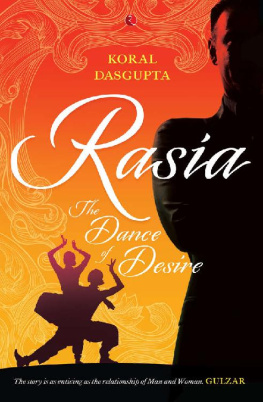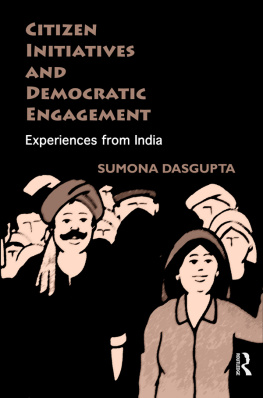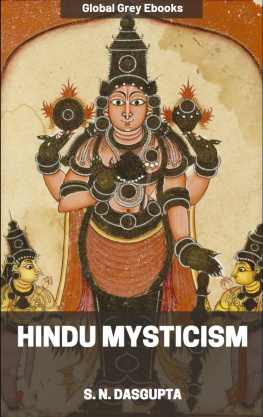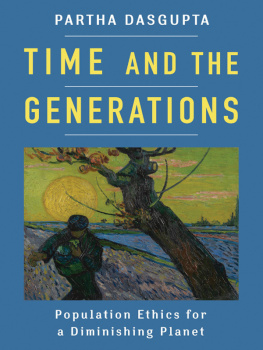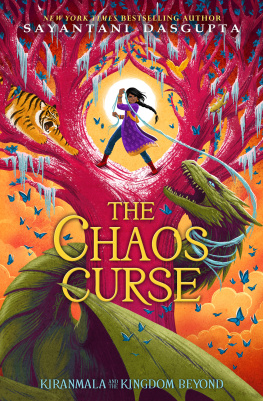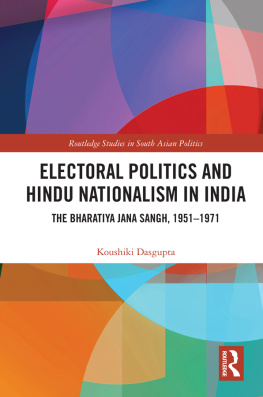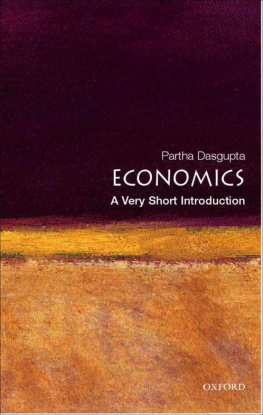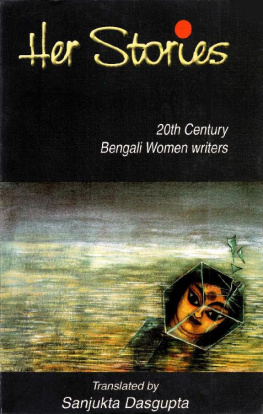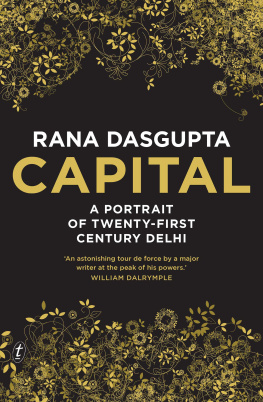Koral Dasgupta - Draupadi
Here you can read online Koral Dasgupta - Draupadi full text of the book (entire story) in english for free. Download pdf and epub, get meaning, cover and reviews about this ebook. year: 2022, publisher: Pan Macmillan, genre: Non-fiction. Description of the work, (preface) as well as reviews are available. Best literature library LitArk.com created for fans of good reading and offers a wide selection of genres:
Romance novel
Science fiction
Adventure
Detective
Science
History
Home and family
Prose
Art
Politics
Computer
Non-fiction
Religion
Business
Children
Humor
Choose a favorite category and find really read worthwhile books. Enjoy immersion in the world of imagination, feel the emotions of the characters or learn something new for yourself, make an fascinating discovery.

- Book:Draupadi
- Author:
- Publisher:Pan Macmillan
- Genre:
- Year:2022
- Rating:5 / 5
- Favourites:Add to favourites
- Your mark:
- 100
- 1
- 2
- 3
- 4
- 5
Draupadi: summary, description and annotation
We offer to read an annotation, description, summary or preface (depends on what the author of the book "Draupadi" wrote himself). If you haven't found the necessary information about the book — write in the comments, we will try to find it.
Draupadi — read online for free the complete book (whole text) full work
Below is the text of the book, divided by pages. System saving the place of the last page read, allows you to conveniently read the book "Draupadi" online for free, without having to search again every time where you left off. Put a bookmark, and you can go to the page where you finished reading at any time.
Font size:
Interval:
Bookmark:

For my son, Neev Tanish
T he Pancha Kanyas of Hindu mythology are Ahalya, Kunti, Draupadi, Mandodari and Tara while the five Satis are Sita, Sati, Savitri, Damayanti and Arundhati. The distinction of two different titles arose primarily because various versions of the epics have taken the liberty to celebrate women as per the popular beliefs of an era and, of course, that of the translators. A school of thought defines Sati as the womens unconditional devotion towards and dependence on their men. It casts the women as loyal followers strongly supporting the vision of the men around them or helping them overcome social and emotional complications. These women are depicted as sacrificing and selfless, yet invincible in drafting their own position of strength and supremacy.
Various senior scholars have also translated the Pancha Kanyas as five virgins. Thus, as per textual evidence, the Kanyas and Satis are different women. However, in the earliest versions, there is no mention of the Pancha Satis; they only talk about the Pancha Kanyas who are deemed as the Maha Sati s. Even in regional interpretations, especially in some eastern and southern states of the country, this division is blurred. This could be due to the difference in the spread of the Mahabharata of Vedavyasa versus the dissemination of Valmiki Ramayana. The former specifically mentions the Pancha Kanyas.
The Valmiki Ramayana talks about the Satis in terms of loyalty and physical chastity, and such women, including Sita, arent restricted to only five. But it doesnt club them under the umbrella term, Pancha Sati. In my own studies, I came across some scholarly assumptions that the Satis were reborn as Kanyas and research has tried to draw parallels!
An ancient shloka establishes that reciting the names of Pancha Kanya can dispel sins, which again confirms the Sati status of these women. Sati, meaning pure, devoted and fair. Purity can refer to the transparent water, which clearly reflects every pebble and weed lying below the surface. In the Sati series, I follow this meaning of purity while retelling the stories of the five illustrious women Ahalya, Kunti, Draupadi, Mandodari and Tara. The purity that is brave enough to present itself the way it is sans any cosmetic cover and mirrors the mind unpretentiously as much as it exposes the politics of a society.
The Sati series, though, is not meant to be biographical. The purpose of the series is to draw attention towards a part of the journey of these legendary women, which has been grossly overlooked. Identities have been imposed based on incidents that the patriarchy considered criminal, shameful or irresponsible. When these known events adopt the narrative voice of a feminine titular character, the stories change. The world expands. The Sati series presents an inclusive overview not only of the protagonists own life but also dives deep into the suppressed pain of those around them be it a man or a woman.
In the first book of this series, Ahalya , the entire narrative had to be recreated. For Kunti and Draupadi, a lot is known already. These stories bring under the spotlight the making of these characters, albeit from a non-traditional perspective, which ushers the readers into a new era of thinking and reimagining.
Ahalya introduced the woman as a lover. Ambitious, futuristic, royal and calculative, Kunti called for a relook at the patriarchal origins of Mata and, in relation, the pervasive sociopolitical image of the sacrificing Indian mother.
Draupadis story is far more complicated than Ahalyas or Kuntis because it shines light on the social reaction of many generations regarding crimes against women. In my understanding, I find Draupadi to be a wonderful homemaker. Her identity is much broader than the popular portrayal of an angry, bitter woman. She was certainly tough and did not hold back from giving a fair fight to all whom she disagreed with. Draupadi in this book has also been referred to as Krishnaa, Panchali, Yagnaseni, which are among her many names. While Bhishma appears with villainous undertones in Kuntis story, his vulnerabilities lay bare when he comes in contact with Draupadi. Draupadis narrative dismisses the typical conflicts between a daughter-in-law and her mother-in-law while sparking the expected fireworks when two strong characters are in the same frame. Draupadi clashes with Kunti but finds the ultimate support from her when everything else has failed. Her voice also reviews the traditional construct of Krishna. Krishna, in this book, calls the protagonist Krishnaa both the names deriving from their dark complexion. The concept of Krishna, I believe, has been manoeuvred for a gross misrepresentation, which has criminally compromised the recognition of Draupadi in popular culture. I call it a conservative, patriarchal subversion where even the god has not been spared.
K rishna?
Yes, Krishnaa.
Why do you call me that?
Because it sounds like I am you. And it confuses others.
The other day I caught some temple gossip the devotees were whispering that Draupadi was Sita in her earlier birth!
Were you?
Maybe. Who knows? Returned to the earth to be reborn from fire!
If that is true, Ram must also be around. He will come back to clear the pending debts. He is answerable to Sita. Birth after birth hell follow her, to seek forgiveness and follow her commands, which he couldnt as a husband.
Can Ram ever bring justice to Sita?
She is far bigger than him.
If I am Sita, I wouldnt marry Ram if he comes looking for me.
Dont. Let him be insignificant in your world, serving as a slave, always at your beck and call.
I dont remember since when I have known Krishna or who introduced me to him. He was just there. The eternal flute pulsated through the air, whether or not I paid attention. From the pond below the balcony, or the palace dairy, sometimes across the river or from further away down the plains, always carrying a timbre of jubilance. The tune teased from afar when I sat in the palace garden with my friends, our childhood banters interspersed with vigorous laughter. It was the dominant music during my swayamvar though heard by only one other. The relentless melody flattened the steep challenges of the matrimonial world where each person had illustrious glory to flaunt and ignominious failures to hide. I searched for happiness in this overtly agitated sphere and drifted into the orbit of creation. Of relationships, of a kingdom, of a home.
And then, one day, the music of my heart changed its course. The melody of the flute was replaced by the call of the conch.
After my birth, astrologers had prophesied that Draupadi would be accused of bringing fierce destruction upon a clan of furious warriors. Only a few thoughtful historians would revisit the ruins to unmask the magnificent past destroyed in a monstrous massacre. The rest would be misinformed visitors and manipulative observers relaying twisted versions of my story. Poor things. I sympathize with these storytellers. Innumerable words would fill up their blank pages in a rigorous attempt to affix my identity. The queen of Indraprastha. Princess of Panchal. Daughter of Dhrupad. Arjuns beloved. Kuntis protg. Bhishmas darling. Krishnas muse. An ultimatum for the Evil. A fantasy for everyone else. As much as the scripts glitter with impressive alliterations, the gaps between their words would ridicule the ink of inconclusiveness. I will excuse the future for its confusion, though. A woman who smelt of blue lotuses at birth and left behind the stench of burning corpses mid-way into her life the contradiction could convolute the judgement of the generations to come. Writers will shut and reopen the case from time to time. I will still refuse to fit into their word counts.
Font size:
Interval:
Bookmark:
Similar books «Draupadi»
Look at similar books to Draupadi. We have selected literature similar in name and meaning in the hope of providing readers with more options to find new, interesting, not yet read works.
Discussion, reviews of the book Draupadi and just readers' own opinions. Leave your comments, write what you think about the work, its meaning or the main characters. Specify what exactly you liked and what you didn't like, and why you think so.

